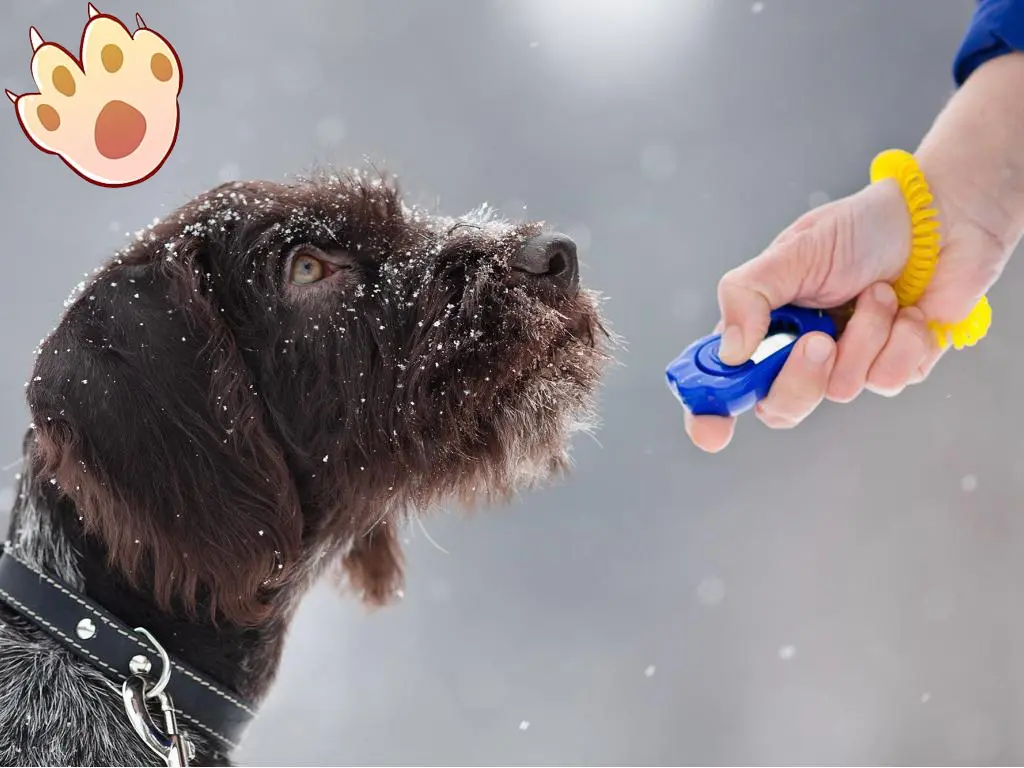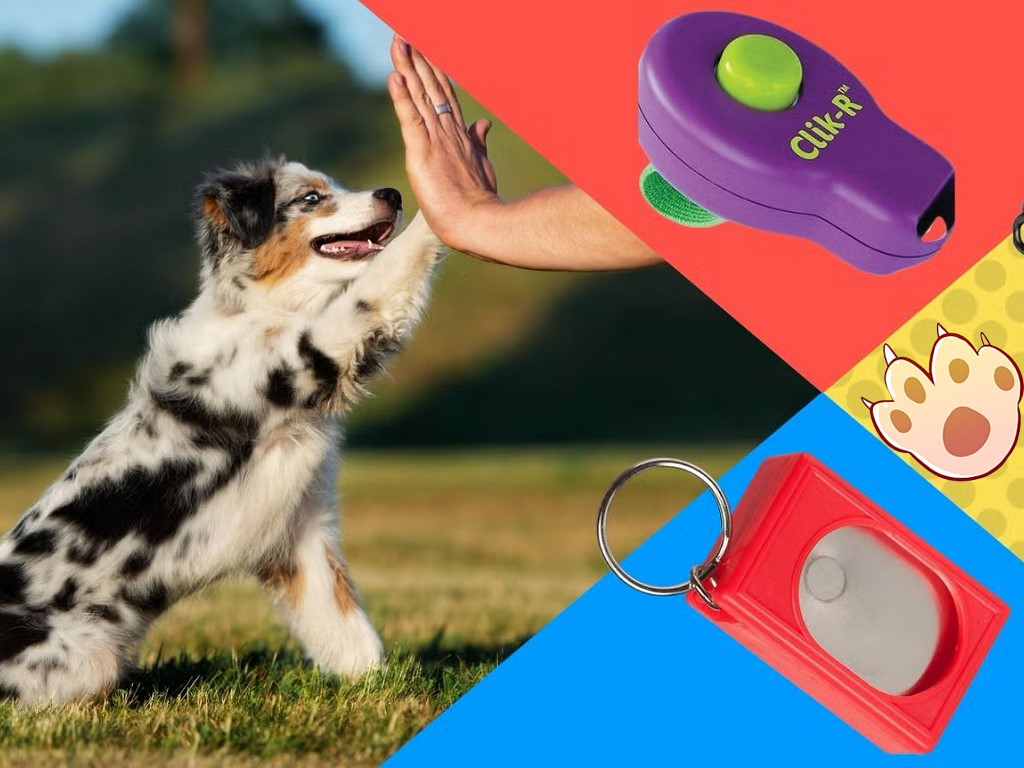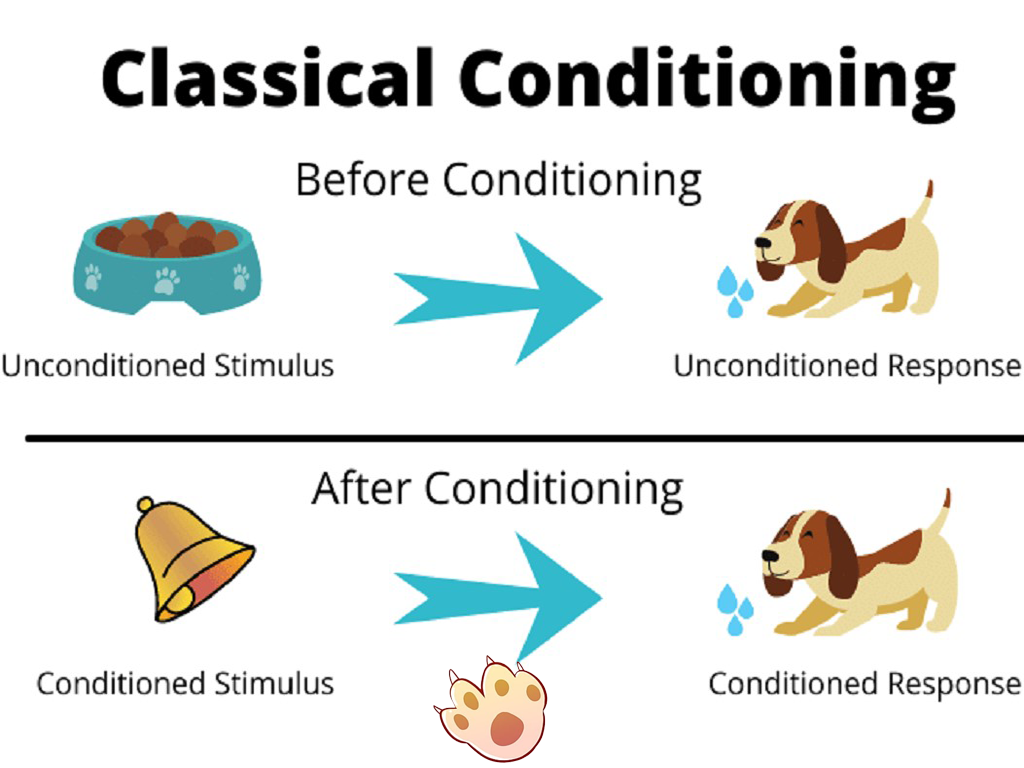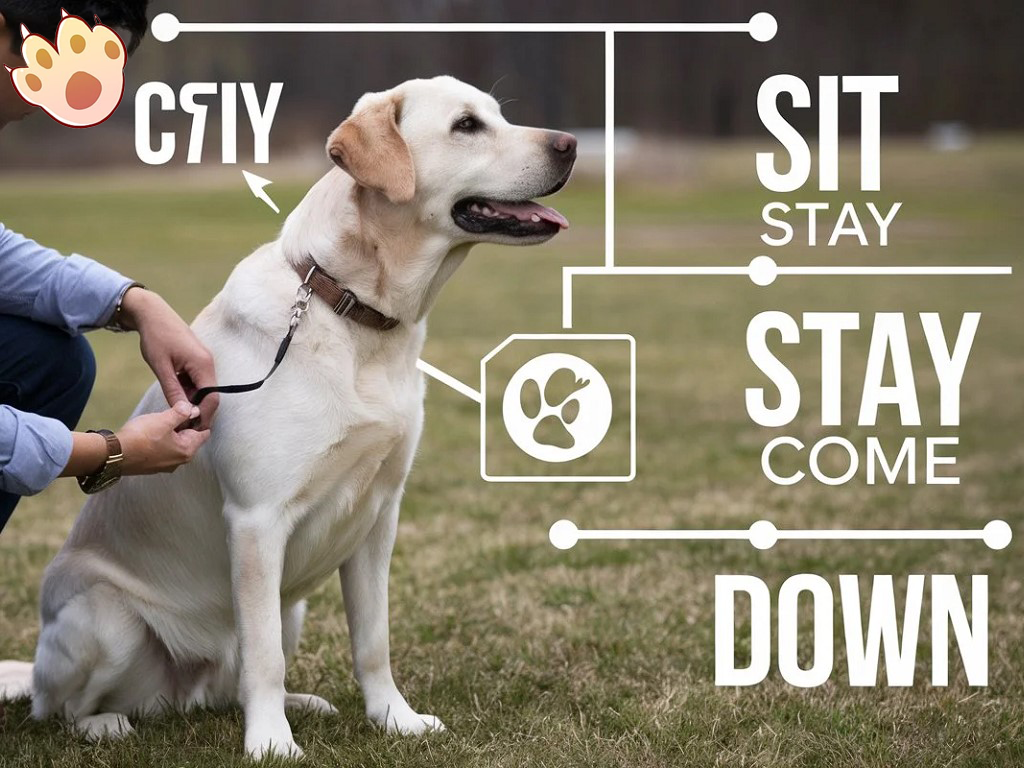
Marker Training Basics
Teaching your dog new behaviors can be highly effective using marker training. Using a clicker lets your dog know that he has done what you asked him to do at the moment, and tells him that a treat is coming. Knowing how to use a clicker for dog training can add a useful tool to your training repertoire and help you provide clear instructions that don't always come in the form of food or play rewards.
When you have very specific expectations for your dog, you can mark the behavior with the sound of the clicker at the moment of compliance. With repetition, the link between the command, the clicker, and the reward reinforces the exact behavior you want from your dog. This can be used to ensure the dog is in the correct position so that he stays in place before giving the release command, or to mark random behaviors that you want to use to teach your dog some fun tricks that might impress your family and friends.
What Is Clicker Training?
A clicker is simply a small mechanical sound generator. These techniques are based on the scientific principle of animal learning, which states that behaviors that are rewarded are more likely to be repeated in the future. So instead of focusing on your dog's wrong behavior and taking good behavior for granted, clicker training turns the traditional training paradigm on its head and focuses on your dog's right behavior. Guiding your dog on what to do—instead of focusing on what not to do—can significantly influence their behavior in a positive way.
A clicker is valuable because it clearly signals to your dog which behavior earned a reward. When you click at the precise moment the desired action occurs, you "mark" that behavior. This removes the guesswork for your dog, letting them know exactly what they did correctly.

What Is Classical Conditioning?
Positive reinforcement training involves rewarding a dog after it performs the desired behavior. While the trainer might easily recognize what behavior is being rewarded without using a clicker or marker, the dog may not find it as clear. For instance, when training a dog to lie down, how can you clearly reward the behavior? It's important to deliver the reward the moment the dog lies down—not after it stands up to receive it. Otherwise, the dog may think the reward is to stand up or walk towards you.
This is called classical conditioning. It teaches the dog to associate a specific stimulus with a particular outcome. You are communicating the message that after enough clicks, the dog will get a treat or other form of reward. For most dogs, the click itself is a reward, eliminating the need to constantly feed treats during training.

Introducing Clicker Training to Your Dog
Before using a clicker or another marker, you must first help your dog understand what the marker signifies. Sometimes called a "loaded clicker," you need to pair the marker of your choice with a reward. Once clicked, give the reward immediately. Once you've repeated the process about 10–20 times, your dog will start to link the marker with an upcoming reward, making it the right time to begin clicker practice.
It is important to take the time to familiarize your dog with the meaning of the clicker, so don't worry about any commands or tricks at first. You just need to make the sound of the clicker pleasurable to your dog so that he will actively seek it out as a reward. After a few short training sessions, giving a treat every time the clicker sounds, you can start to remove other treats as you move on to obedience training or advanced command training.
How to Use Clickers in Your Training Sessions
This video is owned by the original creator on YouTube and is embedded in compliance with YouTube's Terms of Service. Our website provides independent commentary and analysis.
You can use a marker in conjunction with lure-reward training, which is when you lure your dog to the behavior you want with a reward. But it also helps with behavior shaping. Behavior shaping requires building complex behaviors step by step. Clickers are also an excellent tool for reinforcing positive behavior. For example, if your dog is calmly lying on the mat instead of begging at the table, use the clicker and give a reward to reinforce that choice. Or, if your dog puts all four paws on the floor when the doorbell rings, click your dog at that moment before he has a chance to pounce on the guests. Last, but not least, clicker training is a great way to teach tricks.
Finaly, after your dog masters a new behavior, the marker will no longer be necessary. After all, it's just a teaching tool. However, whenever you're trying to lure, shape, or capture a behavior, using a clicker or another marker can make your communication with your dog clearer and help you achieve the desired behavior.
Basic Commands with Clicker Training
Sit
To train your dog to sit, hold the clicker above your head and wait for his bottom to completely land before clicking. After clicking, continue praising him for being a good dog and continue clicking every two to three seconds while he remains in the sitting position. Then give the "release" command and reward him with a treat. This teaches your dog that he shouldn't just sit for a while and do whatever he wants, but should stay still until he hears the "release" command.
Down
To train your dog to lie down, you can have your dog press down on your hand to the ground and then move on his hind legs until he lies down. Reward him with a click and a treat, and continue clicking until he stays in place. Finally, say the command "let go" and praise him.
Stay
To train your dog to stay still, click every few seconds as long as he's not moving. Start with 10 seconds, then have him hold longer each time you train him. Try to aim for 5 minutes.
Come
Start by walking your dog on a long leash, and give it a gentle tug when you call it. When it starts walking in the right direction, toward you, use a clicker until it comes back to you. When it makes it all the way back to you, reward it with praise and treats. Eventually, you'll be able to get away from the leash altogether.

Practice Makes Perfect
Dogs need consistent training and reinforcement, as they don't master new behaviors instantly. Be prepared to spend at least a few hours a week training your dog. As time goes by, you will notice that your dog has a learning curve and will improve with each training session. Don't train your dog when you are frustrated or when your dog shows signs of burnout.
Rather than long, infrequent training sessions, stick to short bursts. Try to do two 15- to 20-minute sessions a day, a few hours apart. Consistency is key, so understand that if you stop reinforcing your dog's behavior, he'll start to fall behind.
2018-2025 © PupsLover.All Rights Reserved.